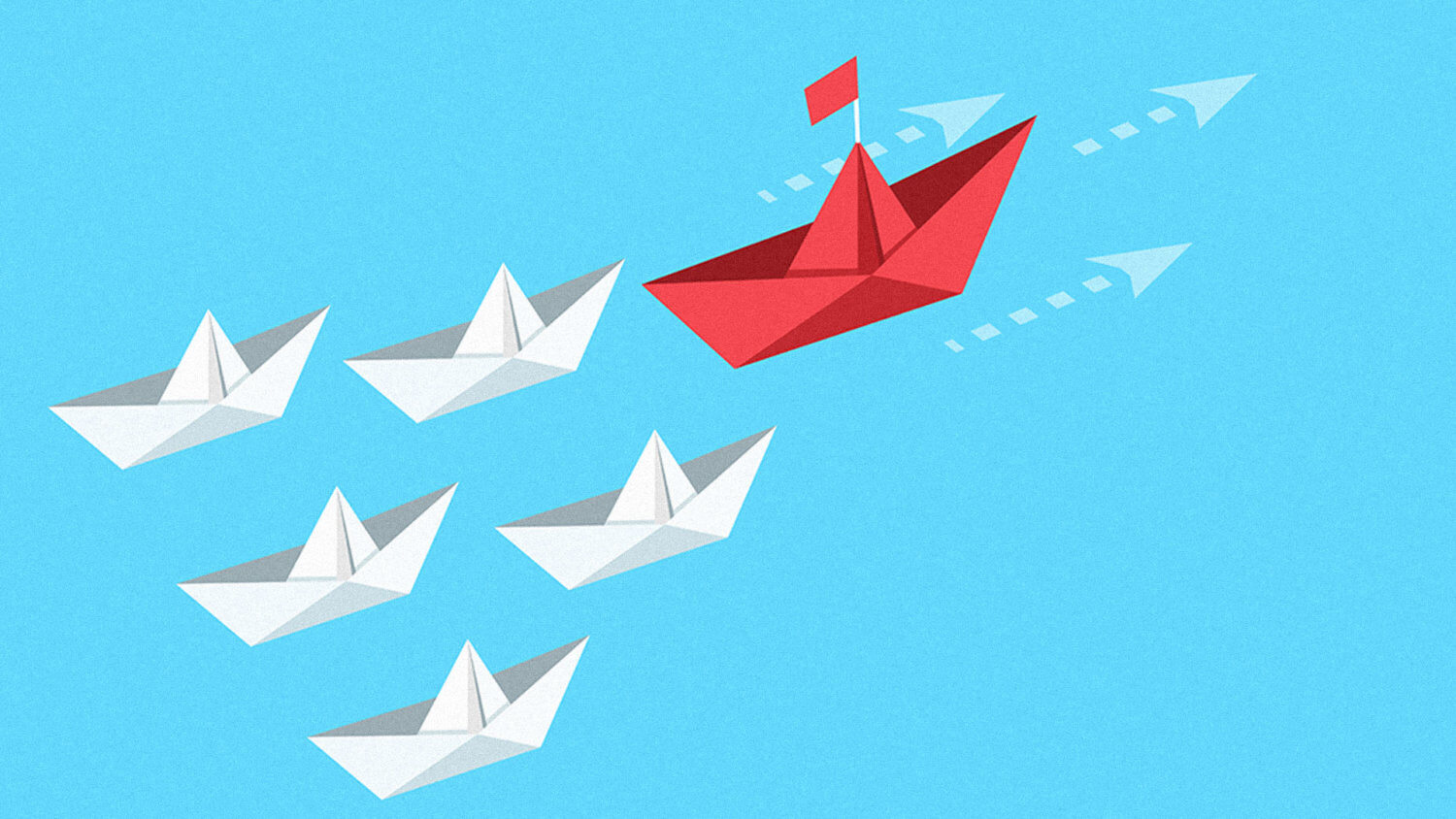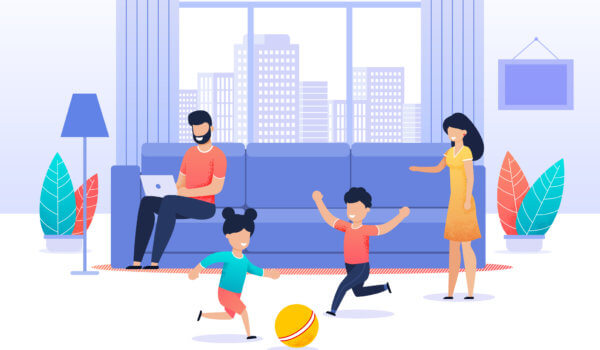Imagine a total stranger walks up to you on the street, offers to hold your wallet, and says, “Don’t worry, you can trust me.”
Would you believe them? No! You’d want to see some proof first.
Why should a customer believe what you have to say about your own brand? You have to prove it.

Product Defines You
No one likes needles. For many people, they induce anxiety. For patients facing extensive medical tests, the endless poking and prodding can be traumatizing. In the early 2000s, a young Stanford student imagined a future in which a new machine could conduct extensive blood tests with just a prick of the finger. No more needles.
The idea was daring and garnered the attention of numerous venture capitalists. Within 10 years, before the final product even hit the market, the former Stanford student’s company was sitting on $400 million in funding and a valuation of $9 billion. The now CEO graced the cover of magazines and was the buzz of Silicon Valley.
That is, until, The Wall Street Journal started looking into the company and published a bombshell report. The machine didn’t work. The whole venture was built on a lie.
You probably know by now that we’re talking about Elizabeth Holmes and her company, Theranos. While this story and the impending legal proceedings against Holmes are a cautionary tale on many levels, the message for platform-builders is clear:
A brand is only as strong as its product.
While a weak product can bring a company down, a strong product can lift a company into the stratosphere.
Look no further than the iPhone. With over 200 million sales per year, this category-defining invention transformed Apple Computer, Inc. so much so that the company dropped “Computer” from its name: Apple Inc.
The iPhone is a prime example of a Flagship Product. You see countless others every day. Microsoft’s Windows operating system. Porsche’s 911 sports car. Anheuser-Busch’s Budweiser. These Flagship Products set the standard by which the rest of the company’s efforts are defined.

Try Platform University!
Want to give Platform University (your one-stop shop for building an online audience) a spin? Get your first week of Platform University for just $1. Cancel anytime. Try Platform University for Just $1One Ship Leads the Fleet
Flagship Products are a key strategy for platform-builder success, for many of the same reasons Apple Inc. changed its name. That’s why Seth Godin regularly promotes AltMBA, Marie Forleo offers B-School, and Jeff Walker launches Product Launch Formula.
Yes, each of those products generates the lion’s share of the revenue for these personal brand superstars—but a true Flagship Product does much more than that.
A flagship product represents a life-changing, complete package of the transformation promise you make with your brand.
Your Flagship Product is your brand’s promise to your customers. This might feel like a lot of pressure to choose just the right offering. But you may be closer than you think.
Follow these four steps to help you evaluate and begin building your Flagship Product:
- Take Inventory. Look at everything you do and everything your audience is asking for. Where these two converge, you’ll find your flagship product.
- Be patient. If you’re still early in the game, don’t rush it. Introduce bite-sized products to learn what resonates with your audience, and test different product concepts and types.
- Focus on sales. What sells well? Your most successful products are successful for a reason. Your Flagship Product could be an opportunity to build upon your current success and take it to the next level.
- Expand on what works. Maybe you have a product that sells well, but represents an under-utilized area of your expertise. What do you already do well that can be expanded into a complete, immersive program?



